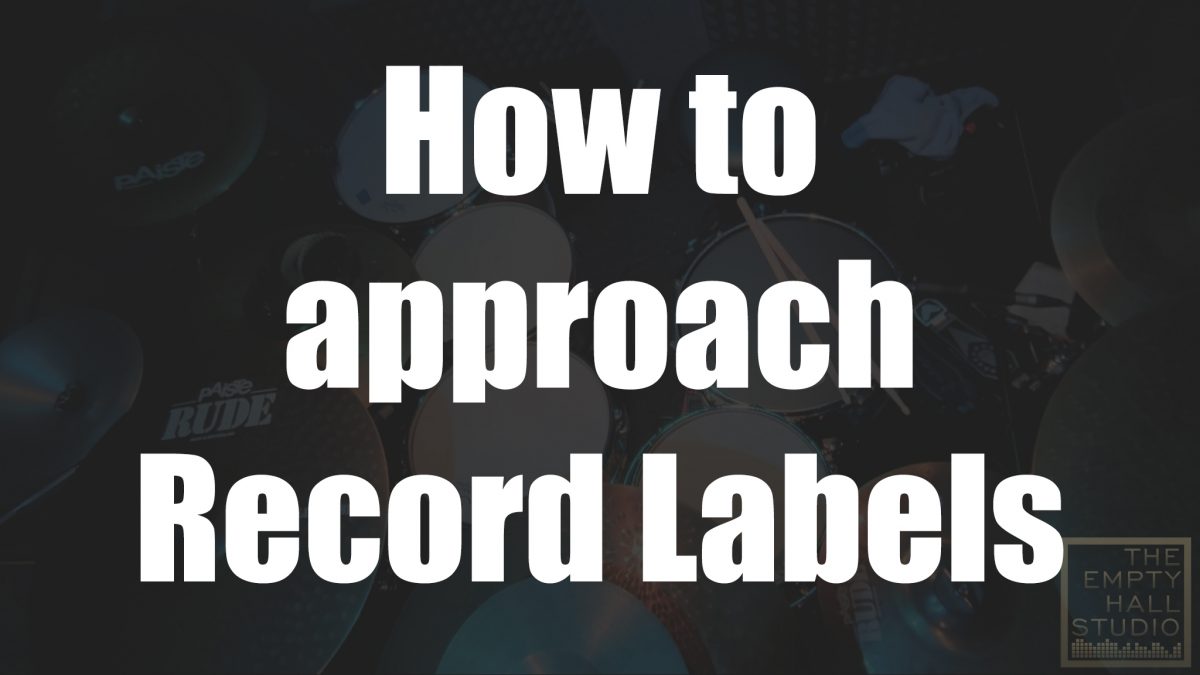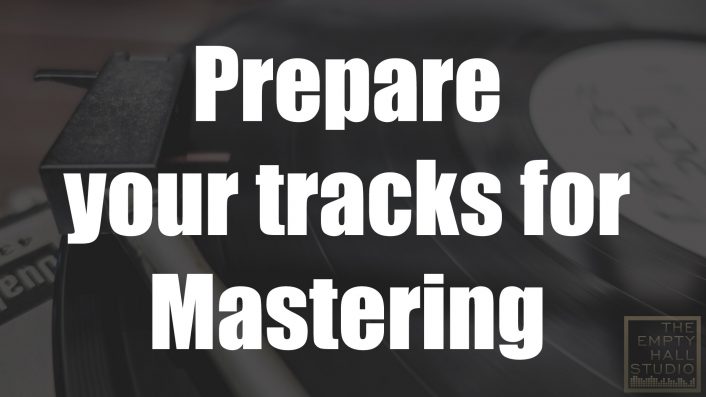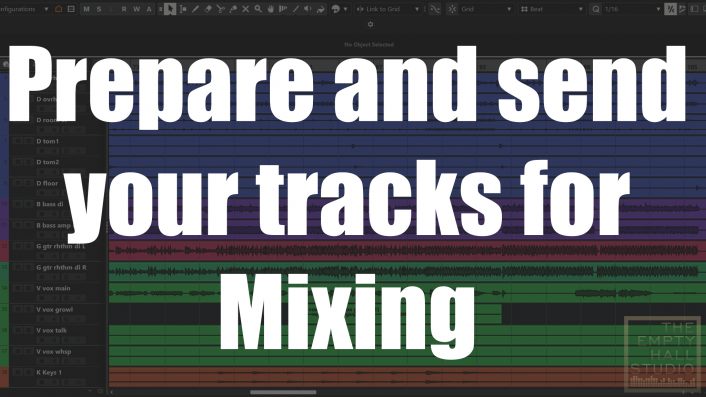Index
0. Introduction
1. List and filter
2. Prepare some basic information
3. Get in contact
4. After contacting
5. Conclusion
0. Introduction
During the time i’ve been recording and producing bands, a question that has come up very often is: “how can we find a label to release our album?”. The main purpose of this article is try to answer that question and give some useful advice.
I should start by saying that I’m not an expert on this subject, but I’ve based this on my own – to some degree sucessful – experiences, as well as asking directly to some label owners I know around the world who have kindly helped me to write this thing. I have also resorted to other sources on the internet – which I will link at the end. It’s important to have in mind that there are many ways to accomplish this goal and, as everything in life, having contacts and being socially active can make things easier, but here I’ll describe a method I have used to reach labels without any previous relation whatsoever.
On a last introductory note, we should all assume that you have great music to be released between your hands, otherwise, it’s pointless to read the following and you should be focussed first in improving your art and skills before worrying about finding a label.
1. List and filter labels
Write down a list of labels you would like to work with. Gather all the names you can think of that are potential candidates. By the moment, don’t worry if the list gets too long.
If you have a band, buy records or have a general interest for the scene, you should already have some names in mind, but if you don’t, then start by looking at Discogs or Metal Archives to the bands you usually listen to. Specifically, those who resemble your own project and are connected somehow, either musically, thematically, aesthetically, in attitude or all of them. See what record labels have released their recent works and take note. There are hundreds of interesting and dedicated labels arround the world, try to go beyond the typical names.
Visit Discogs or Metal Archives, find a specific album by an artist, and see who released it
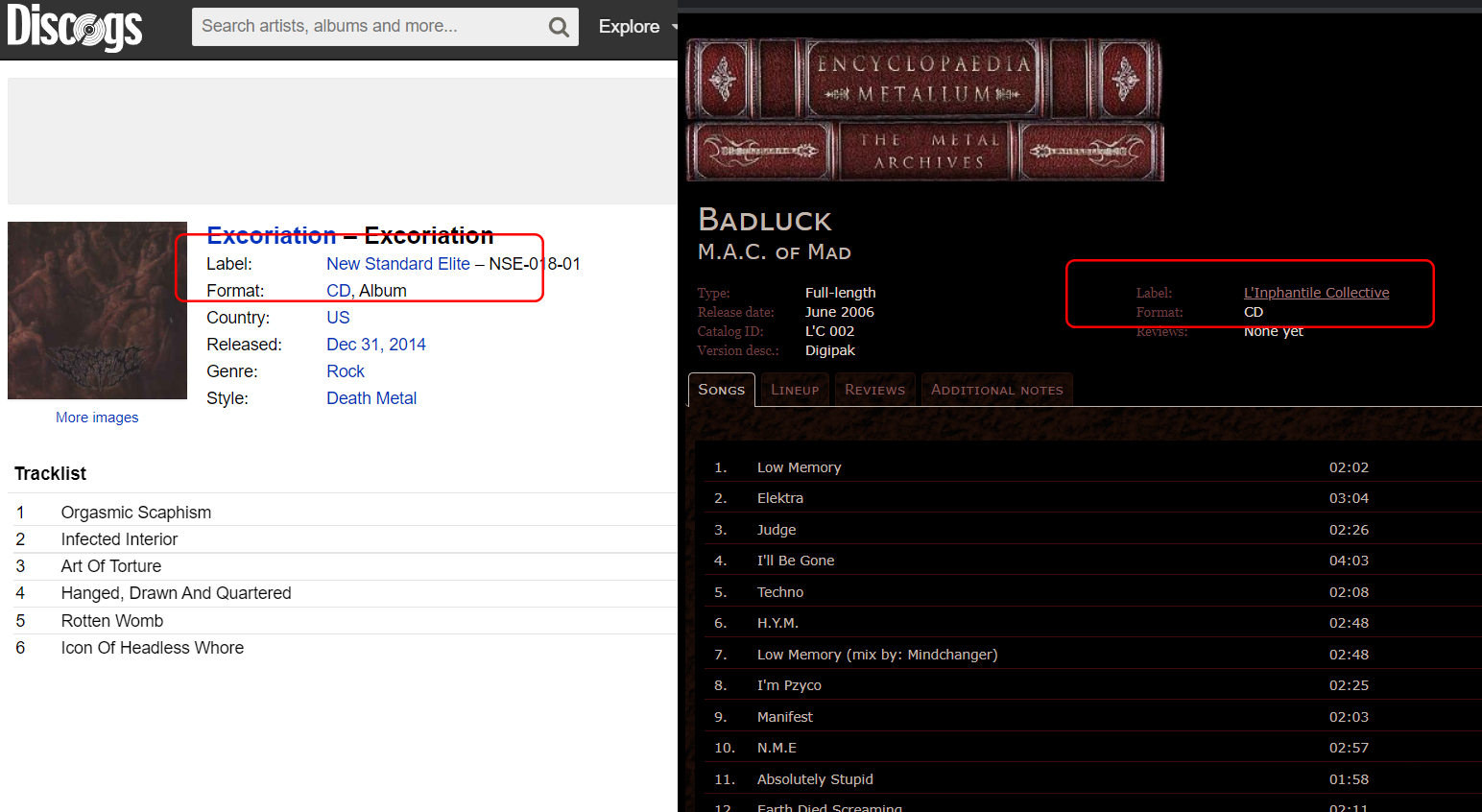
It’s very important to understand how the label works before you contact them
Once you have a list of, let’s say, 15 – 30 names, investigate in detail each one of them: What specific bands and albums have they released in the last couple of years? – listen to them carefully -, do they have something in common? does the label have an open roster or is it very niche?, what’s their philosophy for signing new bands? which formats do they work with?, does your album match the standard of their releases – in terms of composition, prodution, artwork, genre…-? do they have a demo policy on their web? If so, read it thoroughly. Check their websites and social media to clear all these doubts. It’s very important to understand how the label works before you contact them. By doing this research, you should be able to discern if your band could potentially have a spot in their roster of artists or not. If you write to labels where your music doesn’t fit at all, or you send your demo in a way specifically discouraged on their submission policy, it will be pretty obvious that you didn’t inform yourself well and you’ll be wasting your time and theirs.
After all this, your list should be drastically reduced to maybe 5 – 10 names, either because you have realized you don’t want to work with that label anymore or because you’ve understood that your band has no place in there. Be realistic but not conformist. I’m not saying you should not write to popular labels – if you know your stuff is top quality, go for it -, but be sure to also incorporate lesser known names on your list, there are fantastic small-medium sized labels out there that are hungry to find bands to work with, and there are more chances they’ll have your submission in consideration in comparisson to ‘big’ labels who receives dozens of demos every week and are already working with many bands.
2. Prepare some basic information
-About the band:
Write a short text with only the most essential information: style, influences, location, a few words about the concept or thematics. If it’s relevant, mention other bands in which the members are involved into. For the moment, keep this extremely short and straight to the point, no one really wants to read a long bio or very extensive information about the band. First of all they need to know if they like the music, everything else will come later.
-About the work to be released:
- Prepare a private link to stream the music*.
- Is it a demo, an EP, a full album?. What format are you interested in?.
- Concept/what are the lyrics about. When was it recorded.
- Social media, website and any other useful links.
*You can use private Soundcloud or Youtube links. Another option would be streamable Dropbox or Google Drive mp3 files. Don’t send the whole album at first, just a couple of songs, if you get the attention from the label, they’ll ask you for extended information and details.
Some more old-school and underground labels has told me that they value when a band send their demo in physical format, but this isn’t really the most common case scenario and 99% of the time a streaming link is the correct way to go.
3. Get in contact
With all the information gathered in the previous point (2), prepare an email and send it to the labels on your list. I’d recommend not to write to all labels at once but do it one by one, leaving some time in between.
Some aspects to have in consideration:
Approach in a serious, formal and honest way. Avoid at all cost any email with a spamish, rogatory or bragging vibe. Don’t send the same exact email to all the labels, personalize each one to let them know you have taken the time to look at their band catalog and understand their way to do things. If it’s not very clear why your bands fits in there, then you should probably not bother sending them an email.
Do not make public any advance track, cover or important information before you have succesfully found someone to work with. Be patient and wait until you have a deal and develop a promotional strategy together with the label, that way the album will have more impact and standout above the sea of releases coming out every week. Many labels will discard an album that has already been announced or published on the internet, or at the very least it will look much less attractive to them.
Don’t try to sell something you are not, don’t try to adapt your band to fit in a certain label or trend within the scene – this is my advise at least – , this is fake and easy to detect by anyone, it won’t work in the long term. On the contrary, you should focuss in finding a label where your music fit in a genuine way. Being said that, if there’s any improvable element in your band, fix it.
Here’s a short generic example of how I would write a first email. At this point you only want to introduce yourself and let them hear your music. I try to keep things short and very simplistic. If they are interested, everthing else will be discussed in detail later. Feel free to add any information you think is relevant.
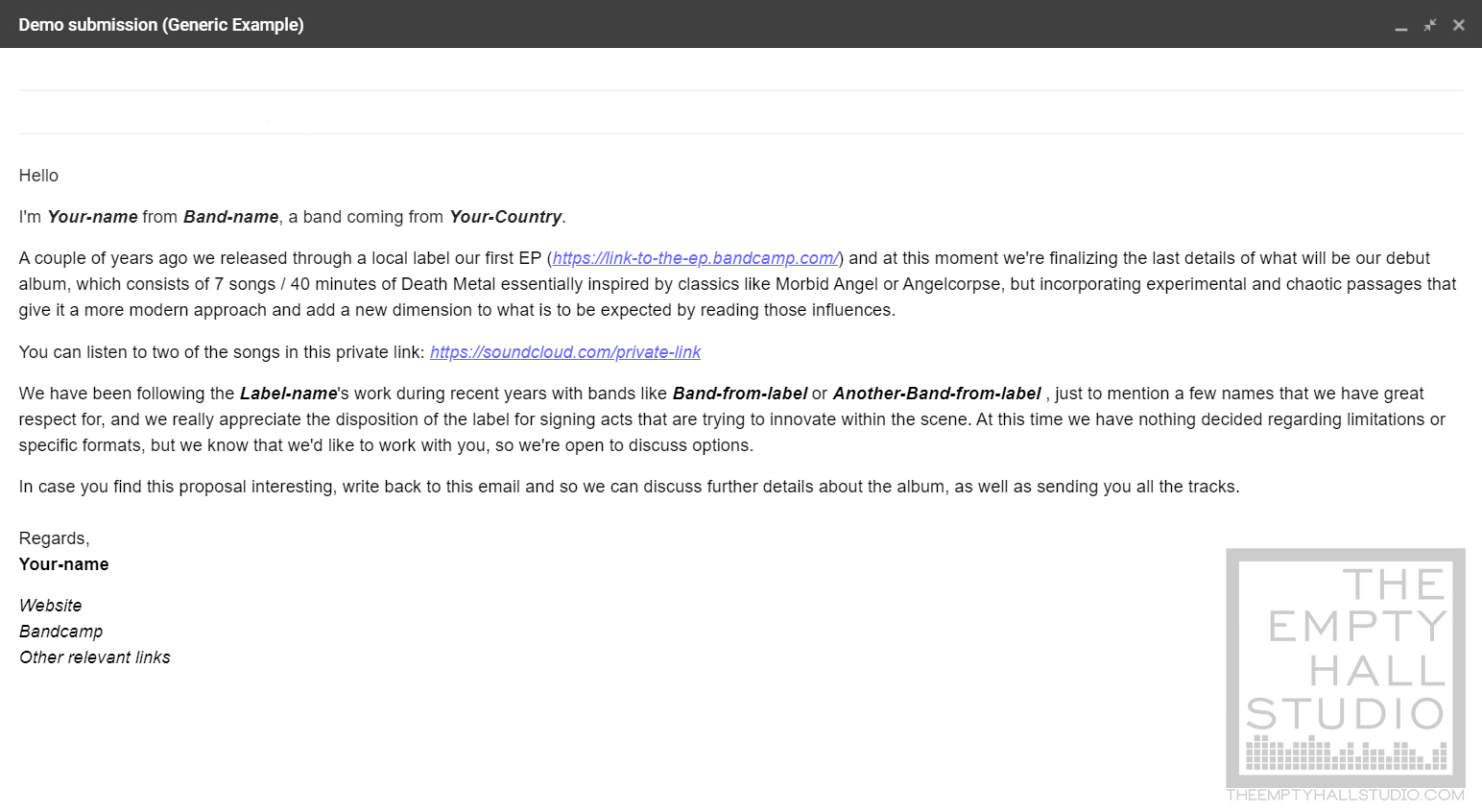
4. AFTER EMAILING THE LABELS
Expect that a big percentage of them won’t even answer. That’s really annoying but it’s how it is. Most of them don’t have the time or interest in reading all the emails they receive. Or maybe they read it, didn’t like it and won’t take the time to just say “no”. Anyways, in my experience, if you have a good album in your hands and you follow all the previous steps, the chances are that you’ll get some kind of answer sooner or later. Be patient.
In my opinion, I think it is acceptable to insist with a second message after two or three of weeks from your first email, just in case they missed it or forgot to answer. After this second try, if you still don’t get any answer, it’s is better to let it go and continue with the next name on your list.
If you get a positive answer by two or more labels, you’ll have to discuss some details a little further with them to determine which one offers the better deal for you – we’ll discuss about what can be considered decent and fair deal in a future post -. After you have decided which one to work with, take the time to write back to the others that were interested and let them know you’ll be working with another person, don’t close doors you may need in the future.
Worst case scenario:
If you followed all the previous steps and still didn’t get a response by any label –or at least none positive ones-, you can write to a different batch of them: change the profile, maybe you were aiming to the wrong ones, maybe your band is not ‘there‘ yet or there are some important aspects to be improved). Another good option is to think about self-releasing, there are many bands doing it succesfully since forever.
5. Conclusion
‘So, all this just to write an email with a few lines?’
Exactly, it’s more about how you should not do things, what to avoid, about keeping it simple and straight to the point. What you want is that person to hit the ‘play’ button and convince him through your music, not to have your email sent straight up to the bin because you have written some pointless text or sent things in the wrong format.
You can subscribe here to our mailing list to receive notifications of new blogs like this, information and discounts over the services of The Empty Hall.
External sources / Other articles of interest:
- https://blog.bandlab.com/how-to-approach-record-labels/
- https://www.productionmusiclive.com/blogs/news/16-things-to-avoid-when-approaching-a-record-label
- https://www.productionmusiclive.com/blogs/news/dos-when-approaching-a-record-label
If you see an error that needs to be fixed or want to provide any useful information, leave it in the comments below.

